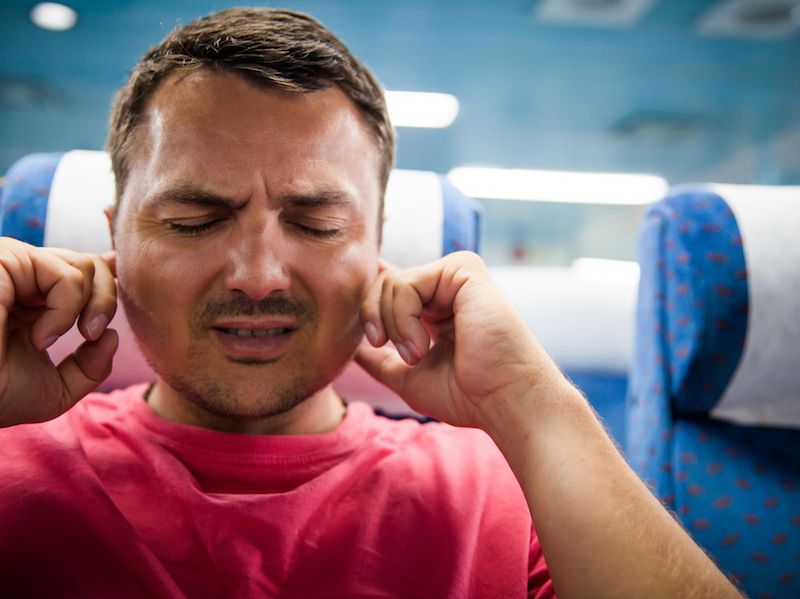
Ever have problems with your ears on a plane? Where suddenly, your ears seem to be blocked? Possibly somebody you know suggested you try chewing gum. And while that works sometimes, you probably don’t recognize why. If your ears feel clogged, here are some tips to pop your ears.
Your Ears And Pressure
Your ears, come to find out, do a very good job at regulating pressure. Thanks to a handy little piece of anatomy called Eustachian tubes, the pressure inside of your ears is able to regulate, modify, and equalize to the pressure in the outside world. Normally.
Inequalities in the pressure of the air can cause problems in circumstances where your Eustachian tubes are having trouble adjusting. If you’re sick, for example, or there is a lot of fluid accumulation in the back of your ears, you may begin dealing with something known as barotrauma, an unpleasant and sometimes painful feeling of the ears caused by pressure differential. This is the same thing you experience in small amounts when flying or driving in really tall mountains.
You normally won’t even detect small pressure differences. But you can experience pressure, pain, and crackling if your Eustachian tubes aren’t functioning correctly or if the pressure changes are abrupt.
Where’s That Crackling Originating From?
You might become curious where that crackling is coming from since it’s not prevalent in everyday circumstances. The crackling noise is often compared to the sound of “Rice Krispies”. Usually, air going around blockages of the eustachian tubes is the cause of this crackling. Unregulated changes in air pressure, failure of the eustachian tubes, or even congestion can all be the reason for those obstructions.
How to Equalize The Pressure in Your Ears
Normally, any crackling will be caused by a pressure imbalance in your ears (especially if you’re on a plane). In that situation, you can try the following technique to equalize ear pressure:
- Toynbee Maneuver: This is really just swallowing in an elaborate way. Pinch your nose (so that your nostrils are closed), close your mouth, and swallow. Often this is somewhat simpler with a mouthful of water (because it makes you keep your mouth closed).
- Frenzel Maneuver: If nothing else works, try this. With your mouth shut and your nose pinched, try making “k” sounds with your tongue. Clicking may also work.
- Valsalva Maneuver: If you’re still having trouble, try this: after pinching your nose and shutting your mouth, try blowing out without letting any air get out. Theoretically, the pressure should be neutralized when the air you try to blow out moves over your eustachian tubes.
- Yawn: For the same reason that swallowing can be effective, try yawning. (If you’re having difficulty forcing a yawn, just imagine someone else yawning and you’ll likely catch a yawn yourself.)
- Swallow: The muscles that activate when you swallow will force your eustachian tubes to open, neutralizing the pressure. This also sheds light on the accepted advice to chew gum on a plane; the swallowing is what equalizes the ear and chewing makes you swallow.
Medications And Devices
There are medications and devices that are designed to deal with ear pressure if none of these maneuvers help. Whether these techniques or medications are the right choice for you will depend on the underlying cause of your barotrauma, and also the severity of your symptoms.
Special earplugs will do the job in some cases. In other circumstances, that could mean a nasal decongestant. Your scenario will dictate your response.
What’s The Trick?
The real trick is finding out what works for you, and your eustachian tubes.
But you should make an appointment to see us if you can’t get rid of that feeling of blockage in your ear. Because this can also be a sign of loss of hearing.